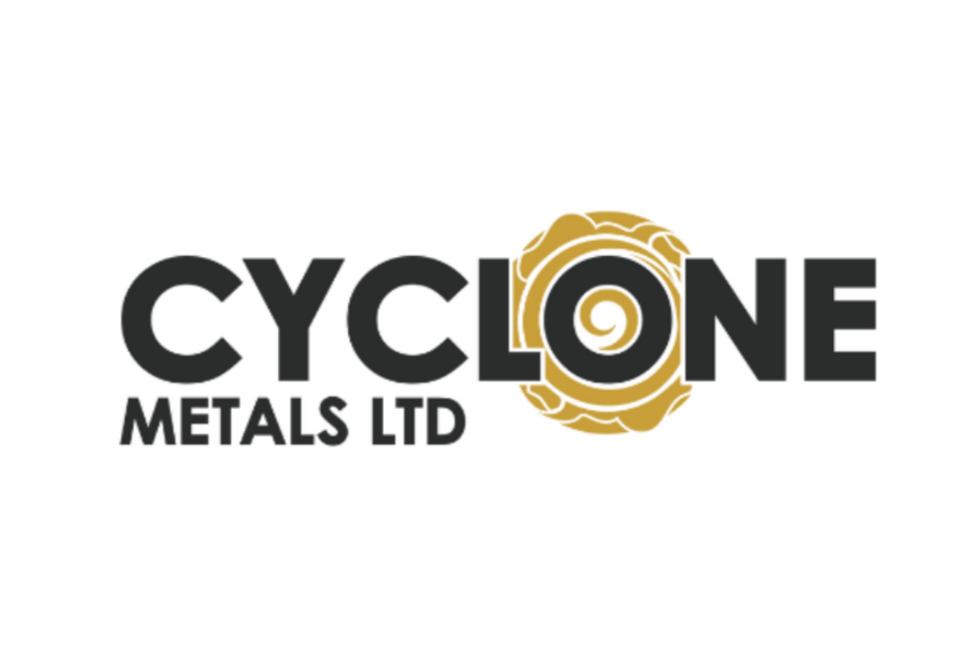
What do experts see coming for the iron outlook in 2019? Unsurprisingly, actions taken by China will be key to watch in the coming year.
Iron ore was in for a bit of a ride in 2018 — not because of the trade war, but because of Chinese environmental regulations, which had miners scrambling to tailor their products to the market.
In regards to prices, for iron ore it’s a continuing story of decline; over the last few years the iron ore fines price has gone down.
According to Scotiabank’s most recent Commodity Price Index, the vital base metal fell from an average of US$72 a tonne in 2017 to US$70 in 2018. It has a projected 2019 average of US$65 — well below the heady values of 2012/2013, when iron ore was above US$130.
According to the latest World Bank report, iron ore prices were 7 percent below 2017 prices year-on-year in October. The firm also projects iron ore prices to fall in 2019 — and for the foreseeable future.
Paul Gray, vice president of research at Wood Mackenzie, said that in 2018 the big story for iron was a widening of price spreads.
“Premium prices for premium grade,” he said, noting that the Chinese steel sector’s restructuring had a major impact. “China’s steel restructuring and environmental clampdown have impacted iron ore pricing and supply dynamics.”
Iron ore trends 2018: The year in review
Before we look further into what the experts are saying about iron ore, let’s have a quick recap of big stories in the iron ore space.
The year began with the Australian government’s Office of the Chief Economist predicting extremely bearish iron ore prices for 2018 and 2019 due to production cuts in China and increased supply from Australia and Brazil.
In May, foreign investors were given a look in at China’s iron ore market, with futures opened to outsiders for the first time at the Dalian Commodity Exchange.
Speaking of China, Australia’s BHP (ASX:BHP,NYSE:BHP,LSE:BLT) predicted that changes to environmental regulations in the world’s largest iron ore consumer would benefit companies that marketed higher-grade iron (in other words, BHP).
There was also a roll call of major Australian miners announcing replacement projects in 2018: Fortescue Metals’ (ASX:FMG) Eliwana mine (costing US$1.275 billion), BHP’s South Flank project (costing US$2.9 billion) and Rio Tinto’s (ASX:RIO,NYSE:RIO,LSE:RIO) Koodaideri, West Angeles and Robe Valley developments (costing US$2.2 billion).
Over in Brazil, Vale (NYSE:VALE) announced it would be limiting production until iron ore prices increased, despite plenty of room for increased capacity across its portfolio.
Vale and BHP’s Samarco project in Brazil continued to cause headaches for the joint venture partners, with settlements to work through and differences in eagerness to restart the mine.
In 2018, autonomous infrastructure and transport linkages became more prominent in the space, with trucks in Brazil and trains in Australia being converted to human-free operations besides oversight.
Iron ore outlook 2019: Expert analysis
Looking back at 2018, Wood Mackenzie’s Gray said that compared to other base metals, iron ore has not been majorly impacted by the trade war — lending credence to the idea that really, the iron story is all about China and its appetite for development.
Speaking of development, he said that heading into 2019 the big story will remain “Chinese steel mill margins and profitability — to what extent will the focus switch from profitability to cost control?”
In their December consensus forecast, analysts at FocusEconomics said that falling iron prices in November were due to “jitters over a slowing Chinese economy and global trade tensions.
“In addition, the decline follows a selloff in steel futures and lackluster steel prices, which hints that steel production will drop,” they added.
FocusEconomics noted that “steel production is also expected to be constrained this winter as the Chinese government stipulates production cuts to combat pollution.”
Meanwhile, Brian Leni of Junior Stock Review said that much of the narrative around iron ore was “concentrated on the premiums given to the high-grade concentrates — those which have over 62-percent iron content.”
Leni said that because the higher-grade market is smaller than the lower-grade one, and given the “increasingly stringent environmental regulations in all countries, most importantly China, [he believes] there is good reason to think that a hefty premium will be paid moving forward, almost regardless of where the global economy is headed.”
He added, “a great example of the high-grade market’s resilience is its performance over the course of 2018, where both its premium and its price have held fairly steady in the face of rapidly increasing interest rates and a US and China trade war.”
Iron ore outlook 2019: Price predictions
For prices, Leni said that for now, iron ore will be susceptible to the health of the global economy, “and the direction with which the largest iron ore producers … want to push it.”
“I am bullish on high-grade iron ore, and I am putting my cash in companies that are producers of the high-grade product or are developing high-grade iron ore projects toward production. In terms of price, I am hard pressed to pick a number. What I will say is that the high-grade product will continue to fetch a premium, which I believe will only increase with time.”
At Wood Mackenzie, Gray said that a price range of US$65 to US$70 over 2019 is a reasonable balance, while analystss at FocusEconomics said that iron ore prices are expected to continue softening next year and in 2020, although they will be volatile.
“Rising supply and a weakening property market in China will likely weigh on prices, pushing them down in the coming quarters,” they said. “However, the outlook is murky due to lingering uncertainties over the trading relationship between China and the U.S, as well as over the broader global economy.”
FocusEconomics panelists expect prices to average US$58 in Q4 2019. In 2020, prices are seen declining further to average US$57 in the fourth quarter.
Don’t forget to follow us @INN_Resource for real-time news updates!
Securities Disclosure: I, Scott Tibballs, hold no direct investment interest in any company mentioned in this article.
Editorial Disclosure: The Investing News Network does not guarantee the accuracy or thoroughness of the information reported in the interviews it conducts. The opinions expressed in these interviews do not reflect the opinions of the Investing News Network and do not constitute investment advice. All readers are encouraged to perform their own due diligence.
